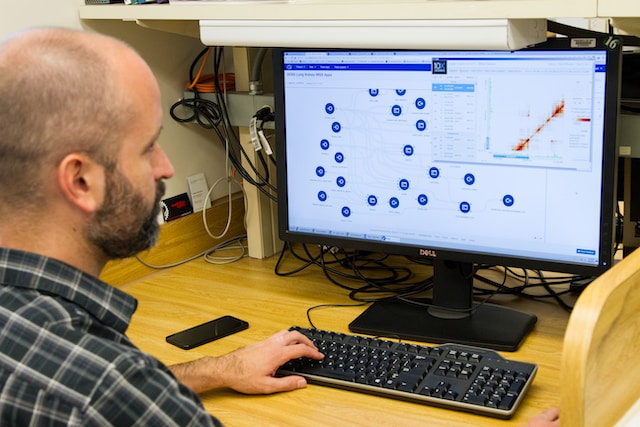In today’s world, where the volume of data is growing rapidly, the task of efficiently processing, analyzing and understanding information is becoming increasingly important. Semantic technologies, which represent a unique approach to data processing, are designed to overcome the limitations of traditional methods and create the basis for intelligent solutions in information technology.
Introduction to Semantic Technologies:
Semantic Technologies is an interdisciplinary field that combines computer science, linguistics, ontology and other fields. The basic idea is to help computers not only process data formally, but also to understand its meaning, context, and relationships between different concepts. Semantic technologies aim to create a bridge between machines and human knowledge.
Basic Concepts of Semantic Technologies:
Ontologies and Metadata: At the heart of semantic technologies is the creation of ontologies – formal knowledge models that describe concepts, their attributes and relationships. Ontologies serve as a kind of vocabulary, allowing machines to understand terms in context. Metadata, in turn, enrich the data with additional information, making it semantically richer.
Linked Data: One of the key concepts of semantic technologies is Linked Data, a methodology for structuring data using standards such as RDF (Resource Description Framework) and SPARQL. This allows the creation of linked data, expanding the scope of available information and improving the ability of computers to find and analyze relationships between data.
Language Analyzers and Natural Language Processing: Semantic technologies include natural language processing techniques that allow computers to understand textual information and extract meaning from text. This is of great importance for analyzing texts, automating query answering, and many other applications.
Intelligent Agents: Semantic technologies support the development of intelligent agents – automated programs that can analyze semantic information and make knowledge-based decisions. This can be useful in the areas of business process automation, data analytics, and many others.
Applications of Semantic Technologies:
Semantic technologies have applications in various fields:
Search and Information Analysis: Semantic technologies facilitate more accurate and contextualized information retrieval by considering not only keywords but also semantic relationships.
Knowledge Management: They allow knowledge to be structured and organized in a computer-understandable form, facilitating its sharing and use.
Medicine and Biology: Semantic technologies help in analyzing medical data, creating biological ontologies and processing genomic data.
Internet of Things (IoT): Semantic technologies can facilitate the interaction and analysis of data from various devices and sensors in an IoT network.
Conclusion:
Semantic technologies represent an innovative and promising approach to data processing that allows computers to understand the meaning of information and act on that understanding. An increasing number of scientific and industrial fields are finding practical applications for these technologies, opening up new opportunities for efficient automation and analysis.



